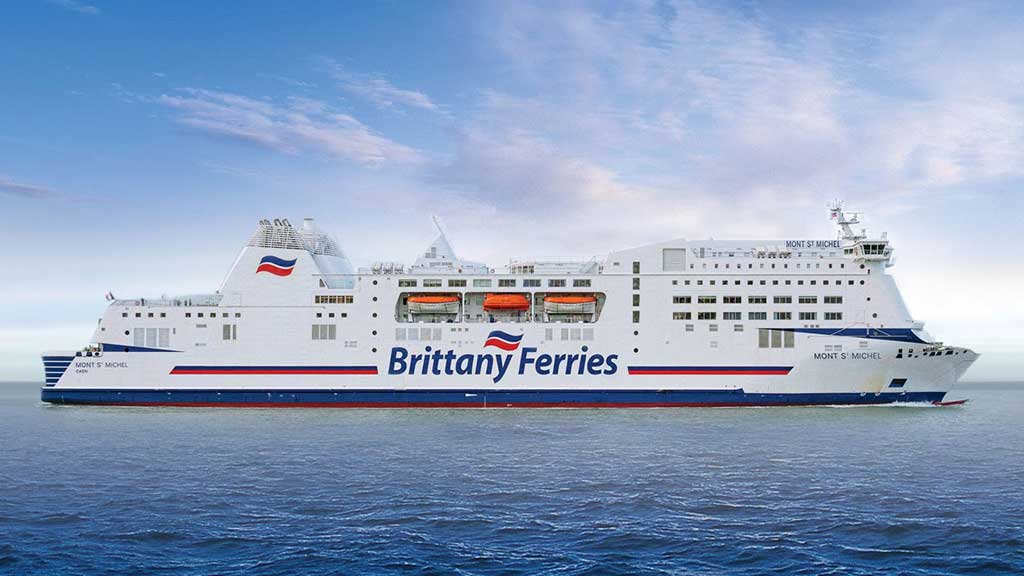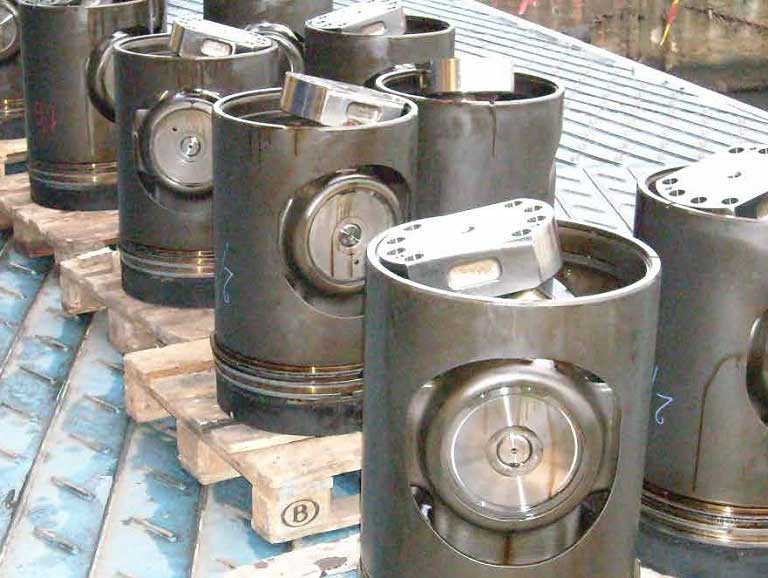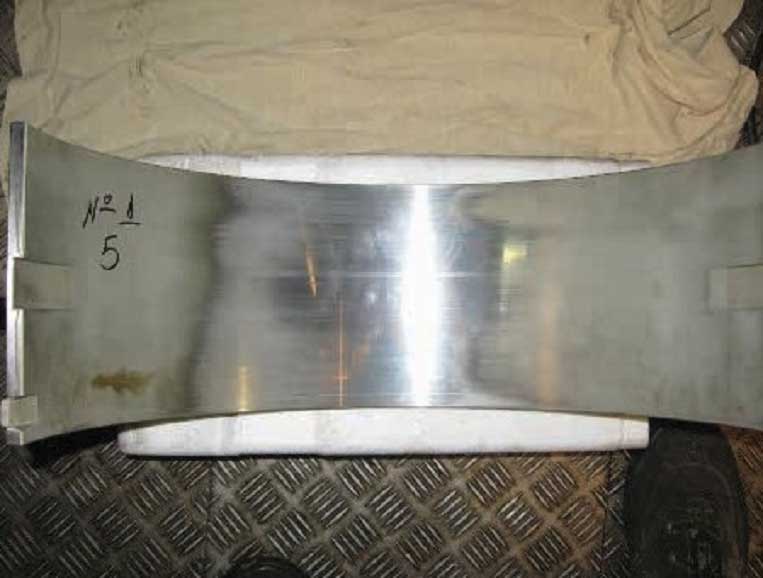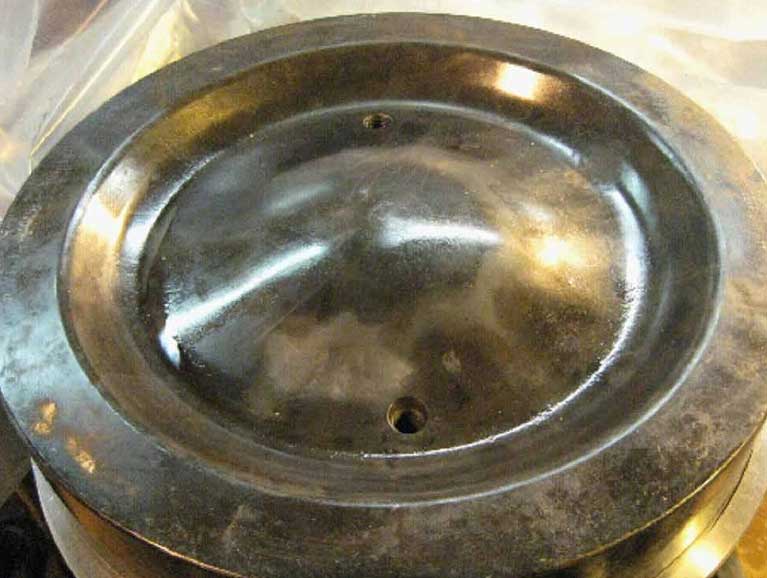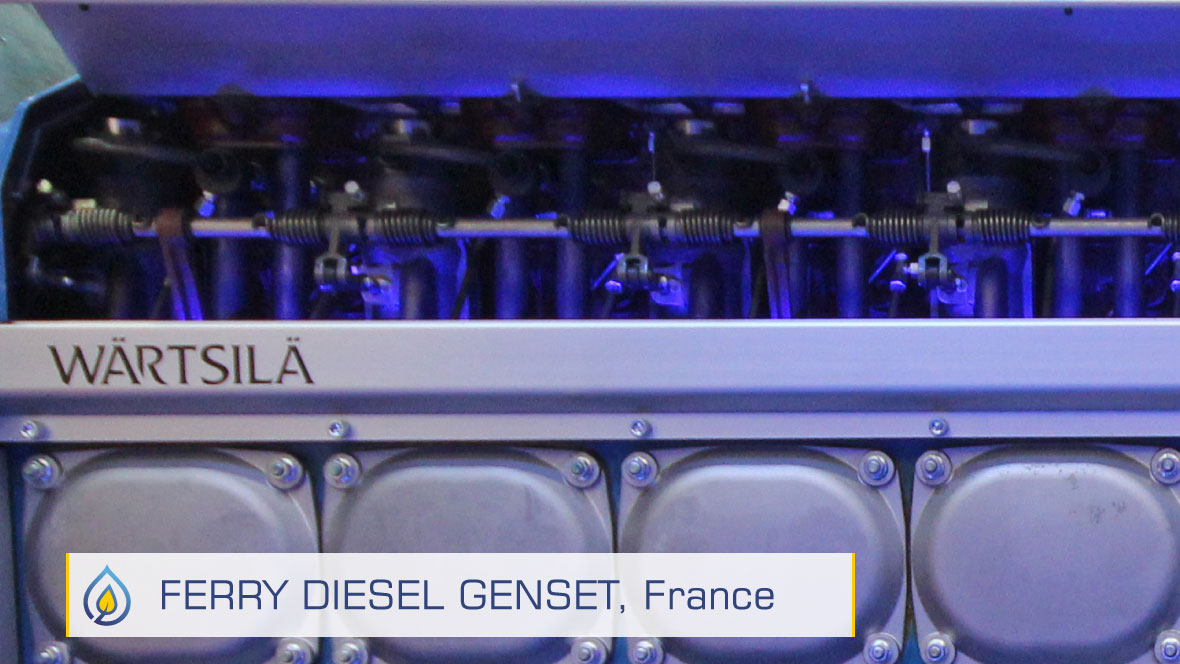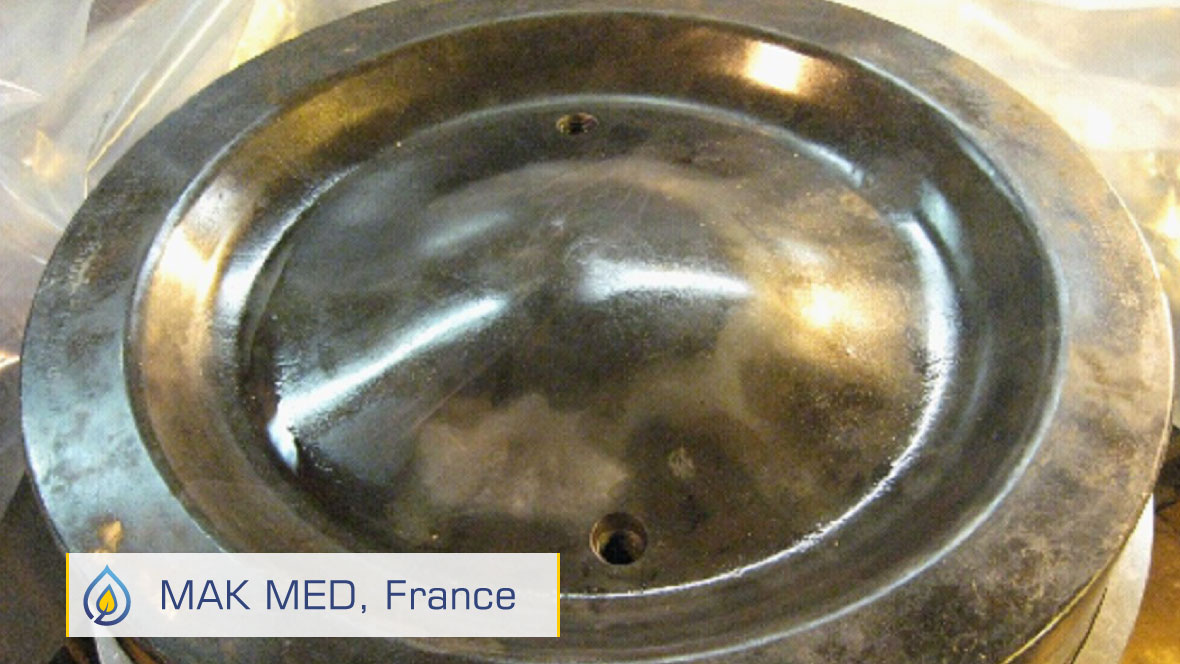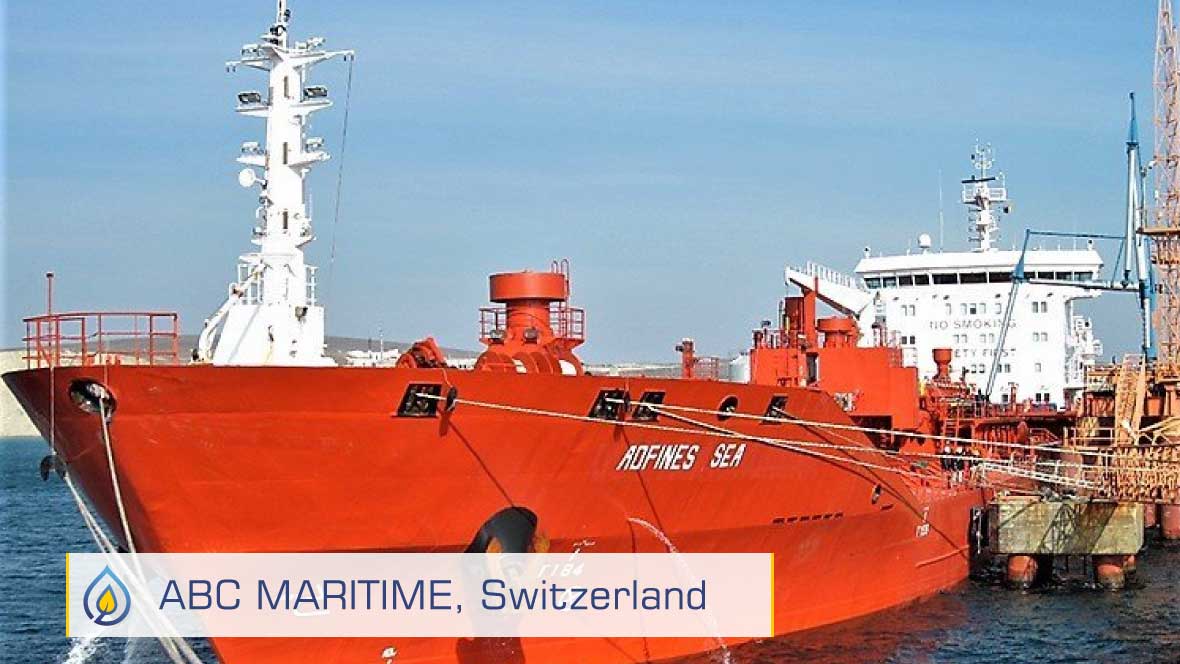Measurements have been carried out by Ascal. This laboratory, now known under the name Kali’Air, was approved then by decree of the French Ministry of Ecology, Sustainable Development and Energy, and also accredited by Cofrac (French Accreditation Committee).
All the measurement campaigns took place during the ship’s regular operations, sailing between Ouistreham in France and Portsmouth in the United Kingdom. The first campaign was carried out on Wednesday October 11, 2006 on the ME4, a MaK engine, model 6M43 of 5,400 kW powered on heavy fuel oil 380 LS.
Starting on October 13, 2006, the crew treated the fuel during bunkering at the recommended dosage of 1 litre of XBEE for 4 m³ of fuel oil. It should be noted that the ship had been equipped upstream with a sprayer to treat the fuel oil during the bunkering operation before its arrival in the storage tanks.
The next measurement campaigns were carried out respectively on Wednesday November 8 and December 13, 2006, as well as on Thursday March 29, 2007, i.e. one month, two months, and five and a half months after the start of treatment.
Taking into account the data measured by Ascal, we can see that XBEE Enzyme Fuel Technology reduces significantly emissions of carbon dioxide, sulfur oxides, nitrogen oxides and particles in engines powered on heavy fuel oil:


